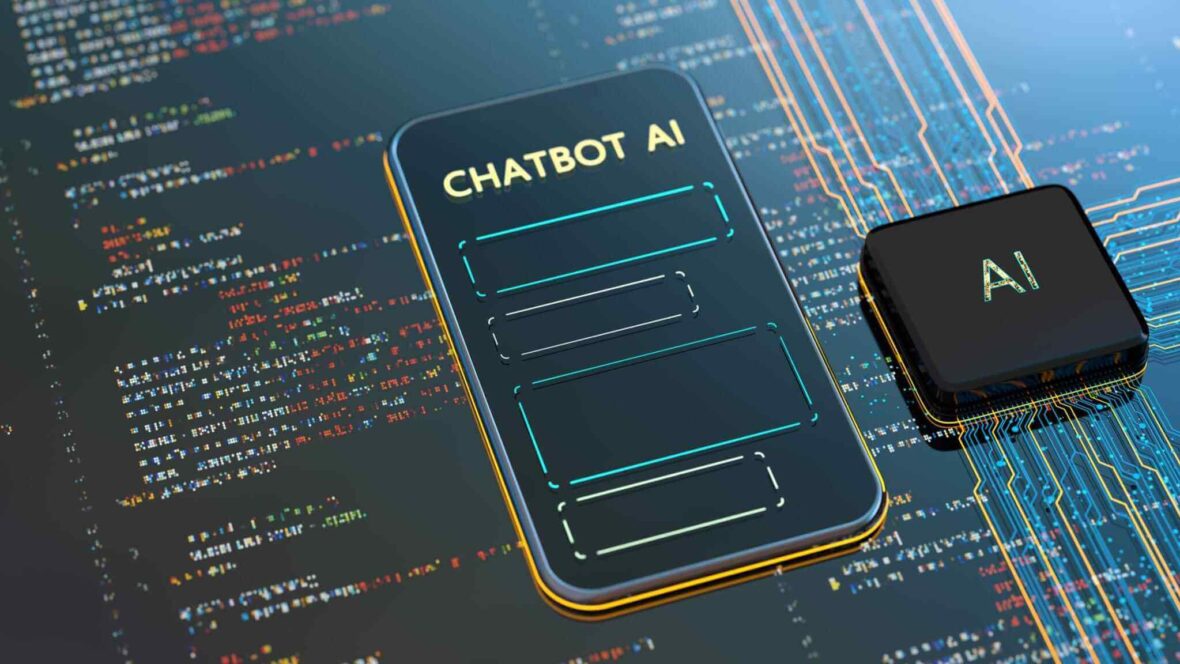So, what are the steps towards creating a chatbot (see the Topflight experience)? The most sophisticated type of chatbot uses natural language processing (NLP) and artificial intelligence (AI) to interpret human intent and provide appropriate responses.
Companies can now offer services such as insurance claims, data plan upgrades, and flight modifications via chat, thanks to training with proprietary data. This article will discuss chatbot use cases and how to make a chatbot in 2023.
Contents
AI chatbot market overview
Before we delve into the process of chatbot development, let’s discuss its market overview. The chatbot business is growing phenomenally, with 2025 predictions of $1.25 trillion, up significantly from 2016’s figure of $190.8 billion. Companies are actively investigating the wide range of potential uses for generative AI technology like those powering ChatGPT.
Who can leverage AI chatbots?
1. Retail industries
Artificial intelligence chatbots are helpful tools for the retail industry because they improve customer interactions. They can increase sales and client satisfaction by recommending products, answering questions, and creating personalized shopping experiences for each consumer.
2. Healthcare officials
Healthcare providers use AI chatbots to help with patient interactions, such as appointment scheduling and primary health education. These chatbots are extremely helpful in improving patient access to vital services, streamlining healthcare operations, and decreasing administrative responsibilities.
3. Entertainment industry
Artificial intelligence chatbots are used in the entertainment business to attract customers, provide users with content recommendations, and enable the purchase of tickets. They make it more exciting and engaging for the audience, which boosts repeat business and attracts new ones.
4. E-commerce
Artificial intelligence chatbots are helpful for e-commerce enterprises since they improve the usability of online purchasing. These chatbots aid customers with product searches, track orders, and provide support, increasing conversions and enhancing customer retention.
5. Tourism
Chatbots are used in the tourism industry to provide visitors with location details, booking assistance, and instantaneous support. They make traveling more accessible and less time-consuming by eliminating the need for physical preparation.
How AI bots benefit the businesses
The following are the benefits of creating a chatbot for a business:
1. 24/7 monitoring
Artificial intelligence bots significantly benefit enterprises by way of constant, around-the-clock surveillance. By seeing problems promptly and fixing them even faster, they keep everything running smoothly and efficiently and only intervene when necessary.
2. Simplified processes
These automated bots ease complicated corporate procedures, which in turn boosts productivity. They are versatile and can process everything from data analysis to orders with minimal human intervention, boosting efficiency and lowering costs.
3. Personalized engagement
Artificial intelligence bots thrive at providing one-on-one service to customers. Customer pleasure, engagement, and brand loyalty can all improve due to data-driven recommendations, content, and replies.
4. Automation of mundane tasks
AI robots enable people to focus on higher-order, more strategic, and creative activities by taking over monotonous tasks. This enhances productivity and helps staff focus on jobs that demand critical thinking and problem-solving.
5. Cost & time saving
With AI bots, businesses can save money and time. They speed up service delivery, decrease operational expenses, and boost efficiency, contributing to greater profitability.
Technology needed to develop smart AI chatbots
To create a chatbot, the following technology is required:
1. Language processors
Developing a chatbot requires powerful language processors. The ability of chatbots to comprehend and generate natural-sounding language is made possible by these processors. They’re the backbone of chatbot features like natural language comprehension and generation.
2. Cloud environment
Making use of a cloud infrastructure is essential in creating AI chatbots. Chatbot services can be hosted on cloud platforms since they provide the necessary infrastructure and scalability. They can easily handle varying workloads and guarantee constant service, making them crucial for any chatbot’s infrastructure.
3. AI/ML software
Chatbot intelligence comes from artificial intelligence (AI) and machine learning (ML) programs. Chatbots’ performance can be trained to improve with the help of these programs. They are essential in enhancing chatbot features like intent recognition and tailored responses.
6 steps on how to make a chatbot
Following are the steps involved in custom chatbot development methodology:
1. Define the use case
Starting with a well-defined goal for your chatbot is essential. Define the functions to be served, such as answering questions or retrieving data from a database. You need to learn about the use case to ensure your chatbot does something useful.
2. Choose the right tech stack
It’s vital to pick the right technology stack. It’s up to you to decide whether your chatbot will be rule-based or utilize artificial intelligence and natural language processing. The languages, frameworks, and tools you use to build a chatbot should be chosen with the features you want it to have in mind.
3. Design chatbot conversation
The conversational flow of the chatbot must be carefully planned. Plan the sequence of interactions and construct conversational scripts that guide the user through the chatbot’s responses. Make the conversation easy to understand and follow by providing clear cues and responses.
4. Developing chatbot knowledgebase
The data source from which your chatbot draws its responses is called its “knowledgebase.” Fill it out with the information, frequently asked questions, and other materials necessary to optimally support the selected use case. Your chatbot’s intelligence will stem from the information in this database.
5. Integrating chatbot with apps

Integration is a must to make the chatbot usable. Possible integrations include a website, mobile app, and/or messaging services like Facebook Messenger and Slack. This guarantees the chatbot’s users have a smooth experience interacting with it.
6. Refining the bot
Improvements to the chatbot should continue even after it has been created and released to the public. Maintain a steady stream of user feedback and analysis of chatbot interactions to fine-tune the bot’s functionality. Possible improvements include making the conversation run more smoothly, adding more information to the database, and adjusting the AI algorithms so that they comprehend and respond more effectively.
7. Our say on developing chatbots
In conclusion, making a chatbot is a thrilling opportunity, opening many doors for companies and developers. You can begin to create a powerful conversational AI by following the essential steps indicated in this article, which range from establishing your use case to developing your bot based on user input.
Conclusion:
In conclusion, creating a chatbot in 2023 involves a series of steps that leverage the advancements in natural language processing (NLP) and artificial intelligence (AI). By utilizing these technologies, companies can now develop chatbots capable of interpreting human intent and delivering relevant responses.




